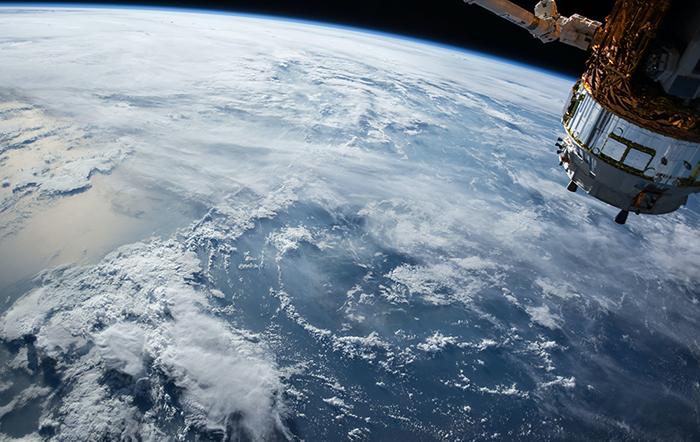First systematic review of spatial finance highlights potential of satellite data and A.I. for greening finance

On July 15, the Spatial Finance Initiative, part of the UK Centre for Greening Finance and Investment (CGFI), will launch a new report into the current use, and future potential of, these rapidly advancing technologies within finance.
'Spatial Finance' is the integration of geospatial data and analysis into financial theory and practice. Recent developments in satellite earth observation data and artificial intelligence provide the financial sector with the tools to understand climate and environmental risks, opportunities and impacts in granular detail.
On July 15, the Spatial Finance Initiative, part of the UK Centre for Greening Finance and Investment (CGFI), will launch a new report into the current use, and future potential of, these rapidly advancing technologies within finance. On the same day, it will launch two new open, global asset-level databases for two of the world's most emission intensive industries: cement and steel.
Dr Ben Caldecott, Director of CGFI and Director of the Oxford Sustainable Finance Programme, said, "These new asset-level databases will allow detailed geospatial analysis of these sectors, helping to understand their exposure to climate-related risks and whether companies have credible net zero transition plans. This will lead to more targeted, proactive, and impactful engagements from financial institutions, governments, and NGOs with companies in these sectors."
The report, State and Trends of Spatial Finance 2021, pdf, explores how spatial finance technologies are being applied today in areas such as insurance, supply chain monitoring, and climate risk management.
Dr Sam Adlen, Chief Strategy Officer of the Satellite Applications Catapult, said, "The report finds significant potential for the application of spatial finance to scale up in the coming years, with many new applications having only been recently developed. We predict its use by financial firms in areas such as stress testing, liability risk assessments, and portfolio management. It has been great to see the recent acceleration in the level of entrepreneurship, innovation and commercialisation in spatial finance in the last couple of years."
Policymakers are already catching on to the potential of spatial finance. In July 2020, the UK Government committed to enhancing the quality, coverage and use of geospatial data across all sectors of the economy.
Dr Christopher Kaminker, Head of Sustainable Investment Research Strategy & Stewardship at Lombard Odier, said, "At Lombard Odier, we firmly believe that geospatial and asset-level data are part of a new frontier of sustainable investment analytics. This is why we have pioneered the use of geospatial models to understand the role and exposure that individual companies and their supply chains have in the context of a growing range of environmental challenges, including deforestation, water withdrawal, biodiversity loss, and agrochemical pollution. The State and Trends of Spatial Finance 2021 provides an excellent review of geospatial analytics' many promising applications to investment decision-making and Lombard Odier is proud to support this important work."
Summary
On July 15, the Spatial Finance Initiative, part of the UK Centre for Greening Finance and Investment (CGFI), will launch a new report into the current use, and future potential of, these rapidly advancing technologies within finance.
